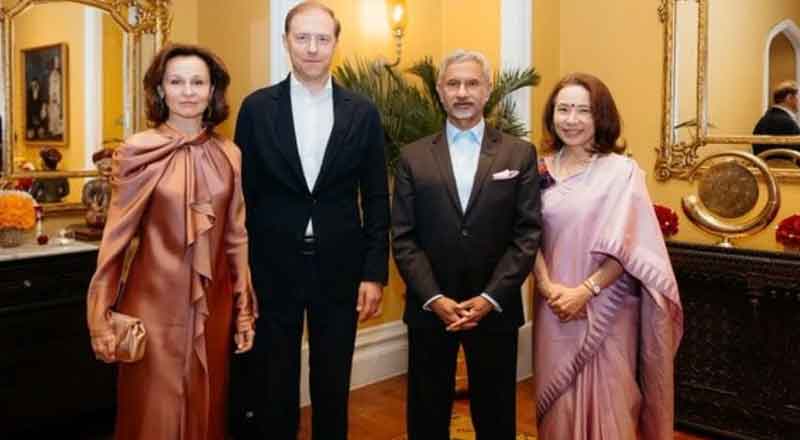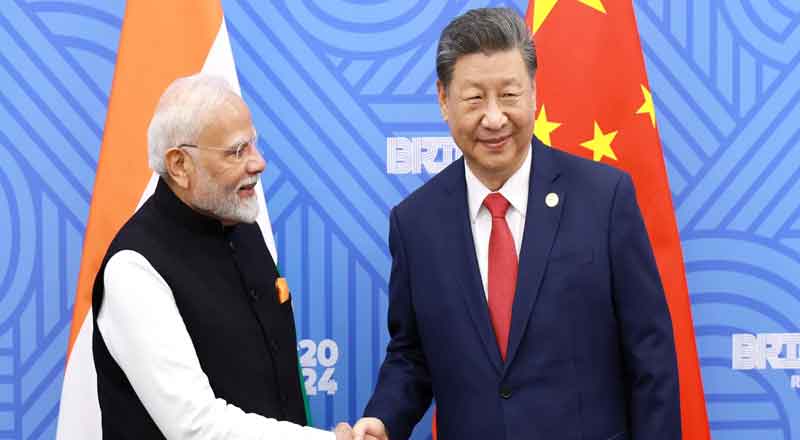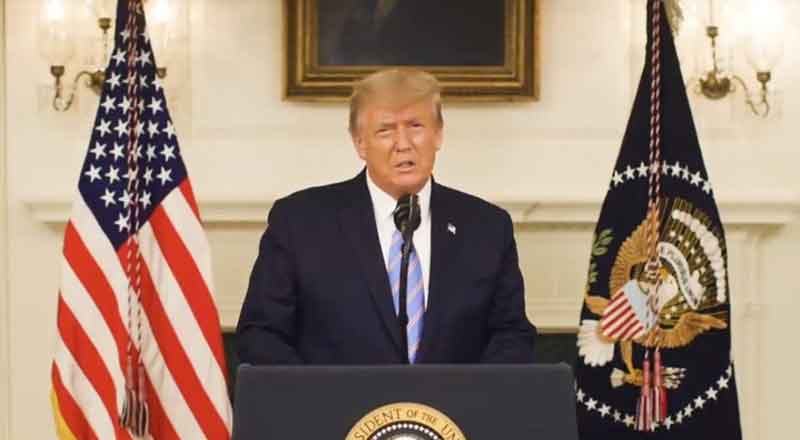A Renewed Push for Russia-India Relations
Russia’s First Deputy Prime Minister, Denis Manturov, is currently in India on a two-day visit, aiming to bolster economic, technological, and cultural ties between the two countries. This visit underscores a strategic relationship that has evolved over decades, reflecting mutual interests in defense, trade, scientific cooperation, and multilateral engagement. Manturov’s itinerary includes attending the Indian-Russian Business Forum in Mumbai and co-chairing the 25th session of the India-Russia Intergovernmental Commission on Trade, Economic, Scientific, Technical, and Cultural Cooperation (IRIGC-TEC) in Delhi alongside India’s External Affairs Minister, S. Jaishankar. The discussions will likely strengthen existing commitments and explore new areas for collaboration.
A Strategic and Privileged Partnership: Historical Foundations
The India-Russia relationship officially gained momentum with the signing of the Declaration on the India-Russia Strategic Partnership, a move that marked a significant enhancement in bilateral cooperation across key sectors. In 2010, the relationship was upgraded to a “Special and Privileged Strategic Partnership,” underscoring the shared values, strategic interests, and close diplomatic ties between the two nations. Today, these ties encompass a broad range of areas, including politics, defense, trade, and people-to-people connections.
Leadership-Level Engagements: Cementing Ties at the Highest Levels
A hallmark of the India-Russia partnership is its robust leadership-level engagement. The annual summits between the Prime Ministers of India and the President of Russia symbolize the depth of this relationship, alternating between both countries. In July 2024, Prime Minister Narendra Modi attended the 22nd summit in Moscow, where he received Russia’s highest honor, the “Order of St. Andrew the Apostle,” recognizing his contributions to strengthening bilateral ties. These summits and frequent high-level interactions reinforce mutual trust and commitment.
IRIGC-TEC: Driving Economic and Strategic Collaboration
The IRIGC-TEC framework plays a crucial role in coordinating and expanding the two countries’ collaboration across various fields. Co-chaired by Jaishankar and Manturov, the commission facilitates dialogue on economic, scientific, technological, and cultural cooperation. This year’s meeting is expected to address existing initiatives and explore fresh opportunities for enhancing bilateral trade, industrial collaboration, and technological advancement.
Multilateral Engagements: Shared Platforms and Global Cooperation
India and Russia share strong partnerships in numerous multilateral organizations, including the United Nations, G20, BRICS, and the Shanghai Cooperation Organisation (SCO). These platforms allow both countries to exchange views on global issues and align their positions on matters of mutual interest, from economic policies to security concerns. Russia’s active participation in India-hosted events, including the recent G20 and SCO summits, reflects both countries’ dedication to a collaborative global approach.
Economic Ties: Trade and Investment Targets
Trade and economic cooperation remain pillars of India-Russia relations, with both nations ambitiously setting a bilateral trade target of $100 billion by 2030. In the fiscal year 2023-24, bilateral trade reached an unprecedented $65.7 billion, showing significant progress toward this target. Investments between the two countries are also noteworthy: Russia invests in India’s oil, gas, petrochemicals, banking, and steel sectors, while India contributes to Russia’s oil, gas, and pharmaceutical industries. The current target for bilateral investment is set at $50 billion, reinforcing the shared economic aspirations.
Defense Collaboration: A Strong and Historic Alliance
India and Russia have long cooperated in defense, with the IRIGC-M&MTC mechanism guiding defense collaboration. The countries collaborate in research, development, and the production of defense systems. Their defense relationship has evolved to include joint efforts in advanced technology and arms production, reflecting a level of mutual trust and reliance in this sensitive area. This partnership ensures India’s defense needs are met with Russian expertise, reinforcing India’s security posture.
Science, Technology, and Nuclear Cooperation: A Forward-Looking Alliance
Science and technology form another vital area of India-Russia cooperation. Russia has supported India’s ambitious manned spaceflight program, Gaganyaan, and has contributed to the Kundakulam Nuclear Plant, which plays a significant role in India’s energy security. The two nations have collaborated on initiatives that range from nuclear energy to space technology, strengthening the technological landscape of both countries.
Education and Cultural Exchange: Fostering People-to-People Connections
Cultural and educational exchanges continue to strengthen ties between Russian and Indian citizens. Initiatives such as India’s Atal Innovation Mission and Russia’s SIRIUS Centre promote knowledge-sharing and innovation among students and researchers. Educational exchanges play an important role in fostering goodwill and understanding, creating a solid foundation for long-term cooperation.
A Partnership Rooted in Mutual Trust and Future Aspirations
Manturov’s visit to India exemplifies the steady progress of a relationship rooted in history, shared values, and strategic interests. As both countries navigate the complexities of a rapidly changing global landscape, their partnership reflects a shared commitment to promoting stability, economic growth, and scientific advancement. The strategic decisions made during this visit, from economic agreements to defense collaboration, promise to strengthen and diversify an already robust relationship. With a forward-looking agenda and ambitious goals, India and Russia are poised to reinforce their bond, promising a future defined by mutual growth, security, and innovation.
(With inputs from agencies)





